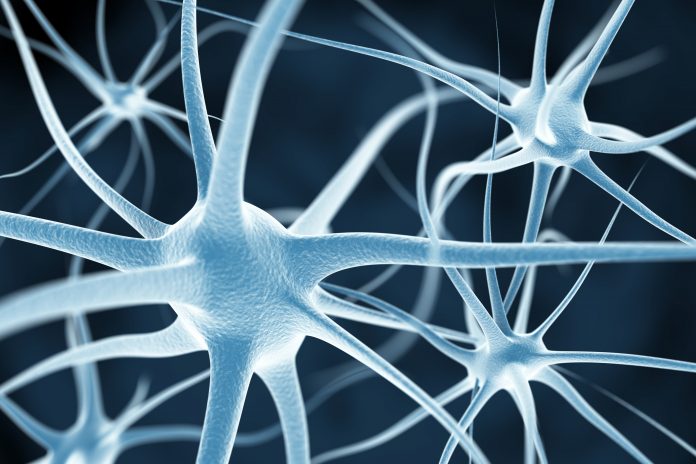Indiana University School of Medicine researchers are attempting to use magnetic nanoparticles to develop a cure for neurological disorders from epilepsy to Alzheimer’s – without any invasive or genetic treatment
The new technique would be non-invasive – meaning that it is more efficient that existing methods of brain stimulation.
Xiaoming Jin, PhD, associate professor of anatomy, cell biology and physiology, said: “Given the increasing use of brain stimulation in human brain study and treatment of neurological diseases, this research can make a big impact on physicians and their patients.
When it comes to brain injuries, nerve injuries or neurodegeneration, the brain takes damage. It can even mean loss and damage of nerves and neurons.
The brain can then develop hyperexcitability, which can be seen in neurological disorders like epilepsy. The team have been working on this for five years, in collaboration with the University of Miami.
They want to now study the effect of their new technique in humans for the next 2 years.
But how can nanoparticles ‘cure’ neurological disorders?
The technique uses a new type of magnetoelectric nanoparticle that can be delivered to a specific part of the brain, using a magnetic field.
After this, a magnetic wave can be emitted to stimulate neural activity in that particular part of the brain. The method is good for stimulating deep brain function and is more efficient than traditional methods of brain stimulation – without the need for genetic manipulation.
Associate Professor Jin further explained: “The conventional treatment is mainly to try to directly inhibit such hyperexcitability, but we found the initial damage of the brain or nerve system was caused by a loss of brain tissue, which causes the nervous system to compensate for loss of function by working harder, so we need to stimulate activity instead of inhibit it.
“This is the only new type of nanoparticle that allows us to effectively stimulate the brain without doing any invasive procedures. We can inject the nanoparticle as a solution into the vein and then bring it to any part of the body. When you apply a magnet on the head, you can localize and deliver the nanoparticle to the targeted brain region.”











